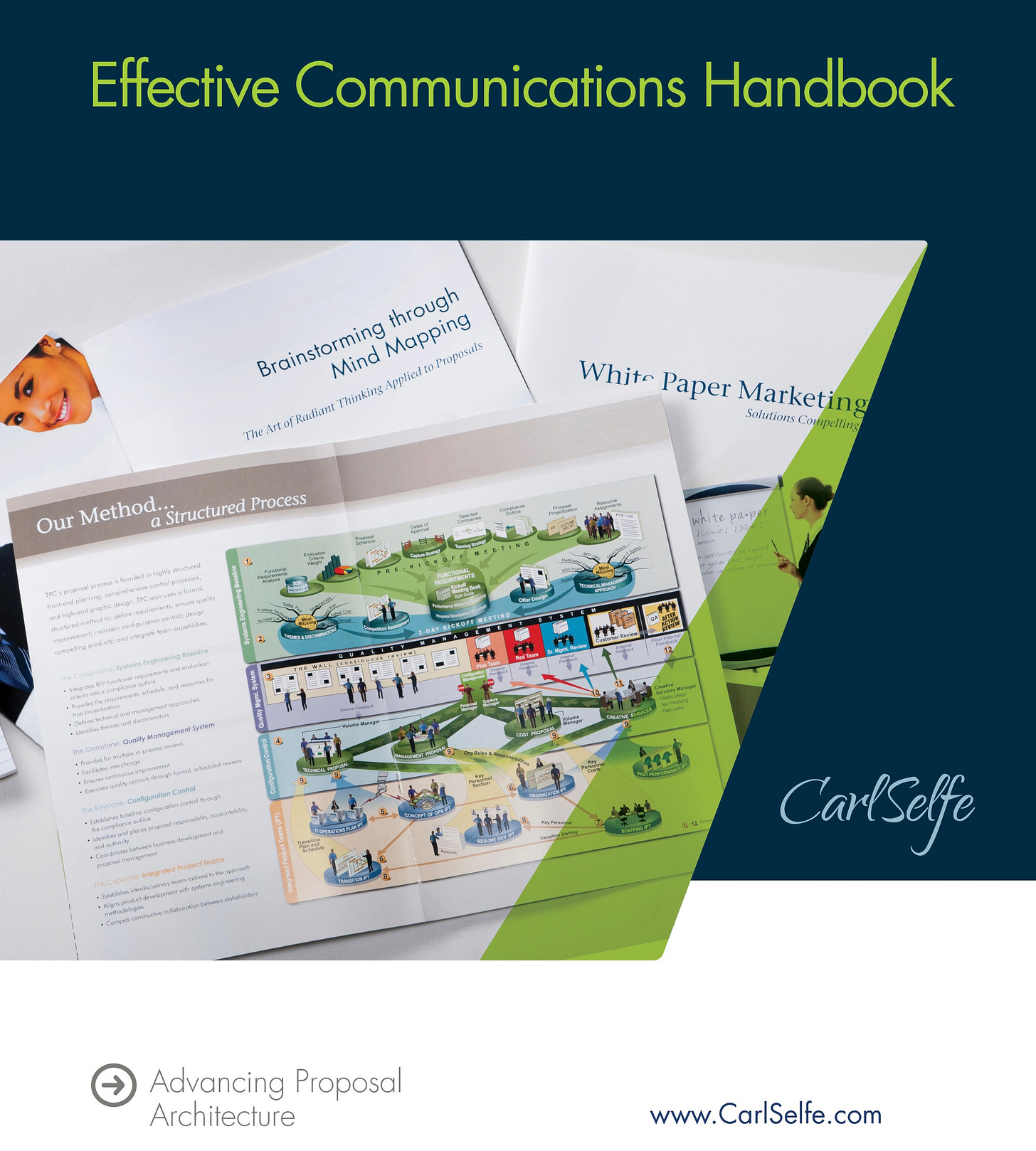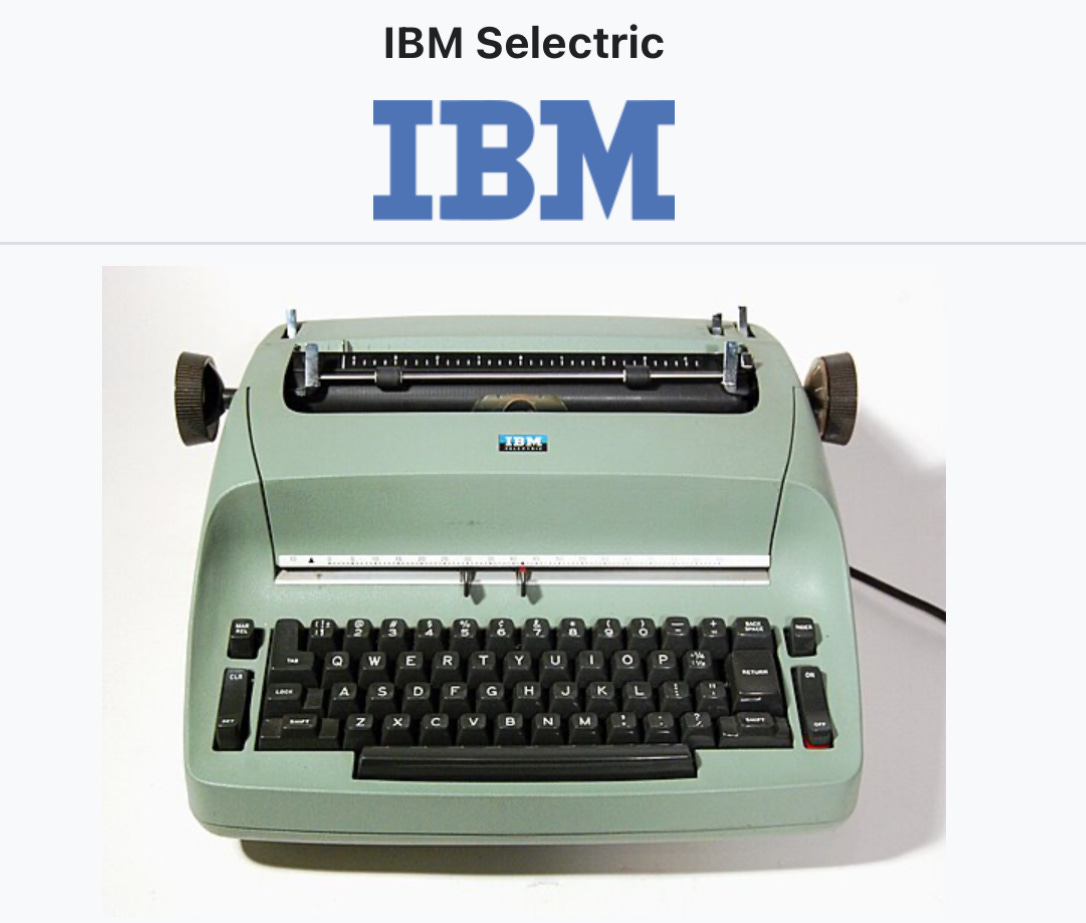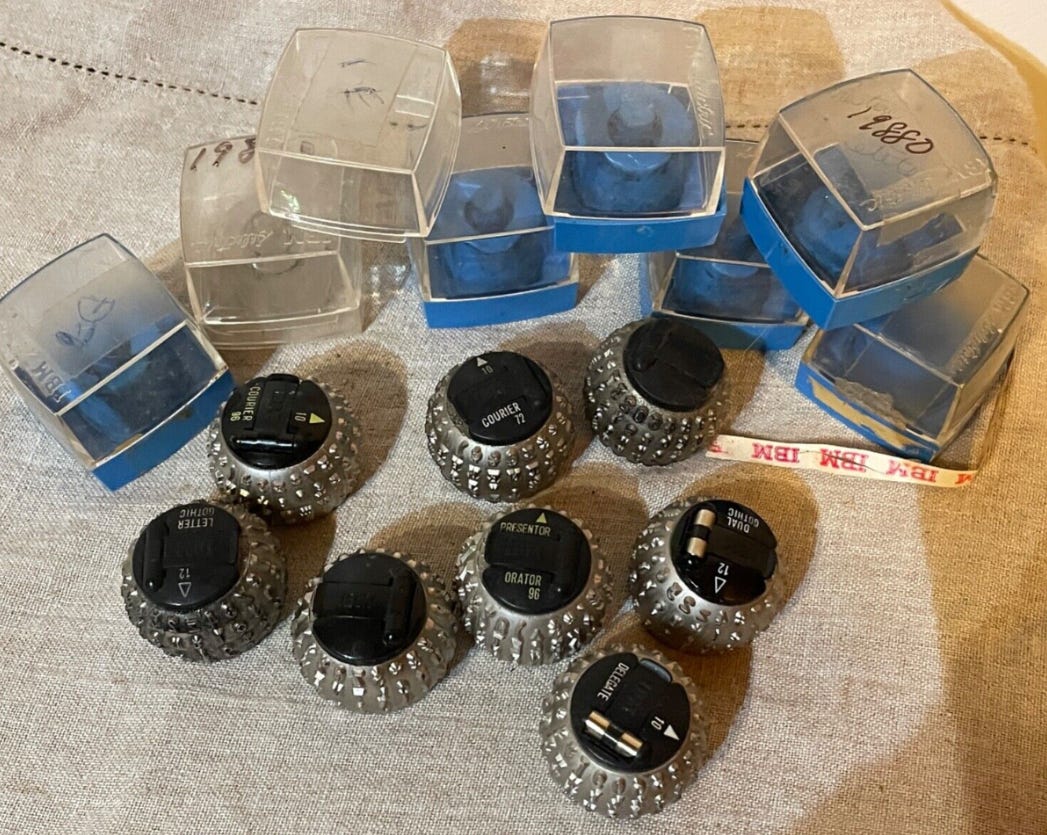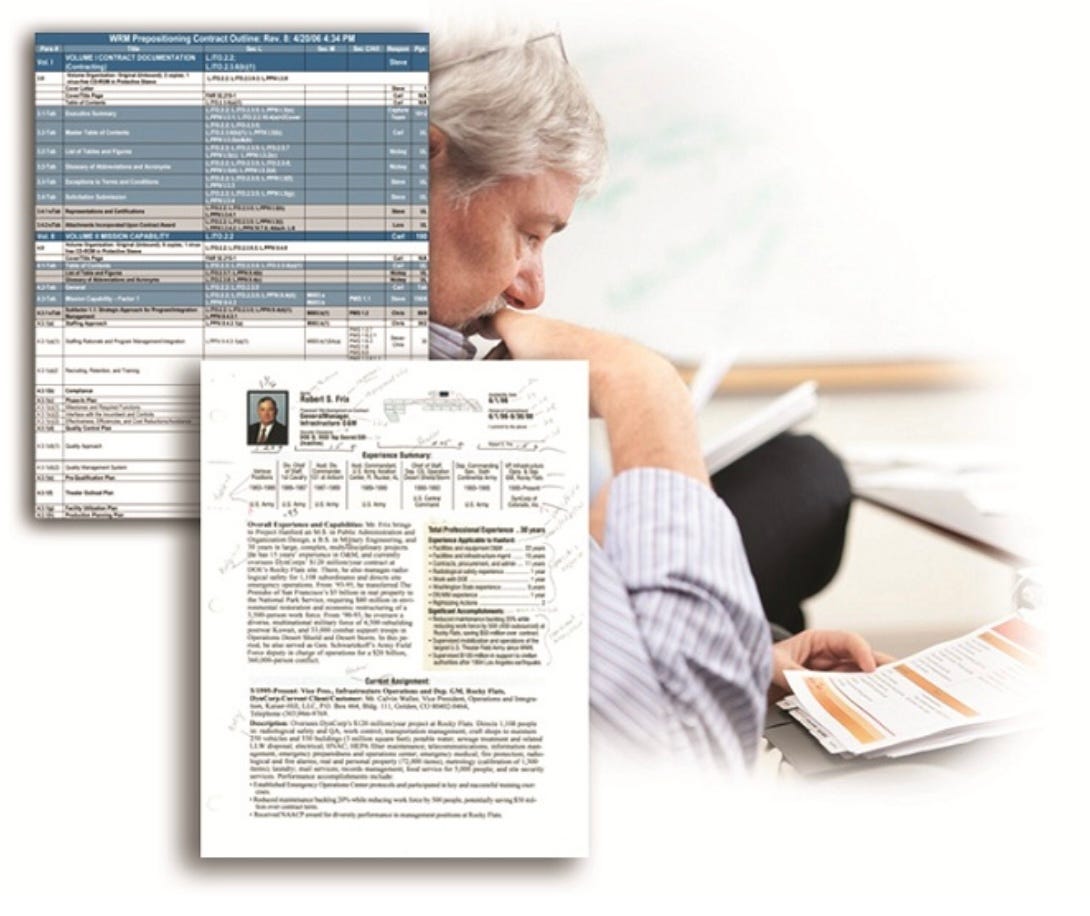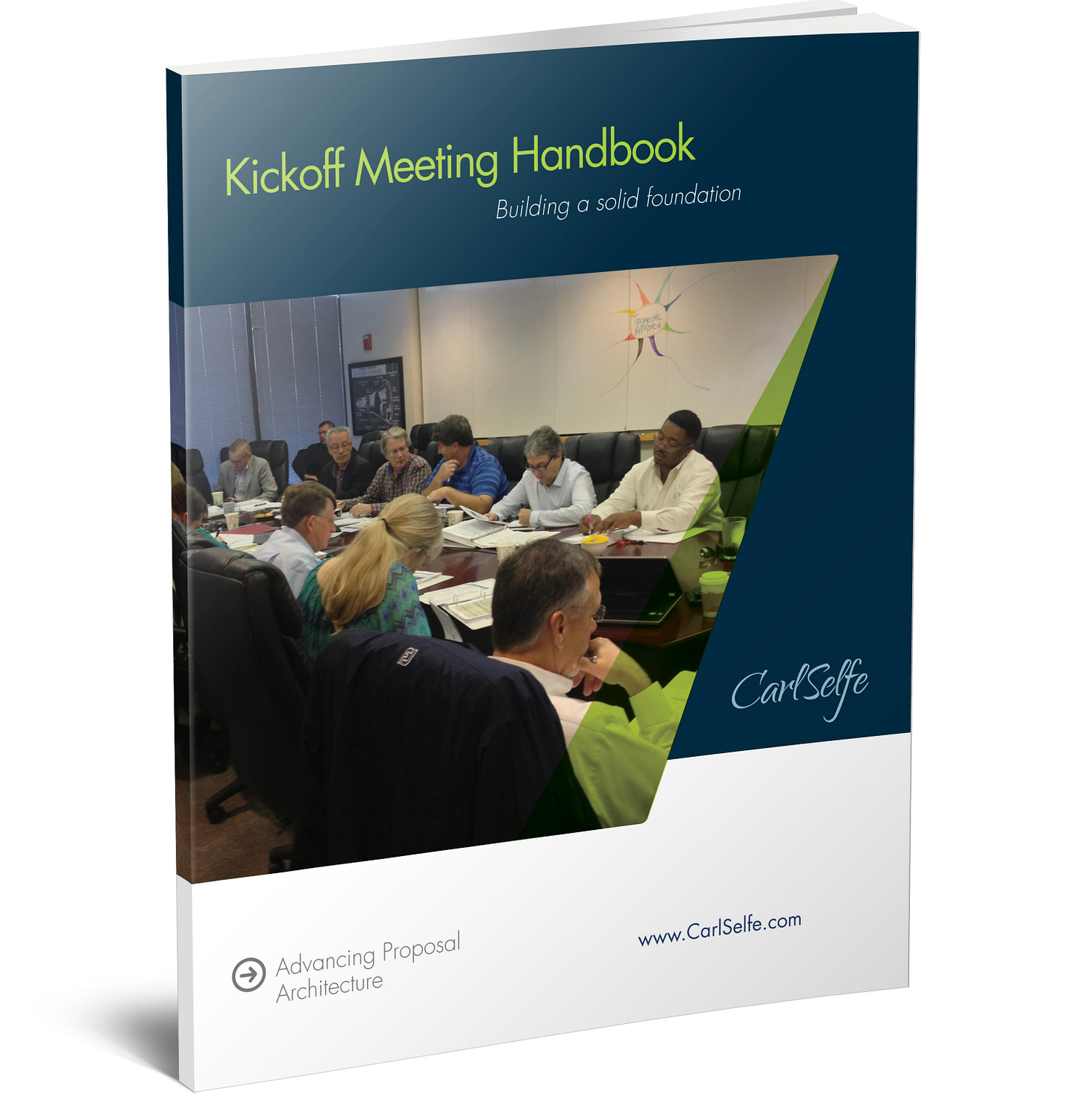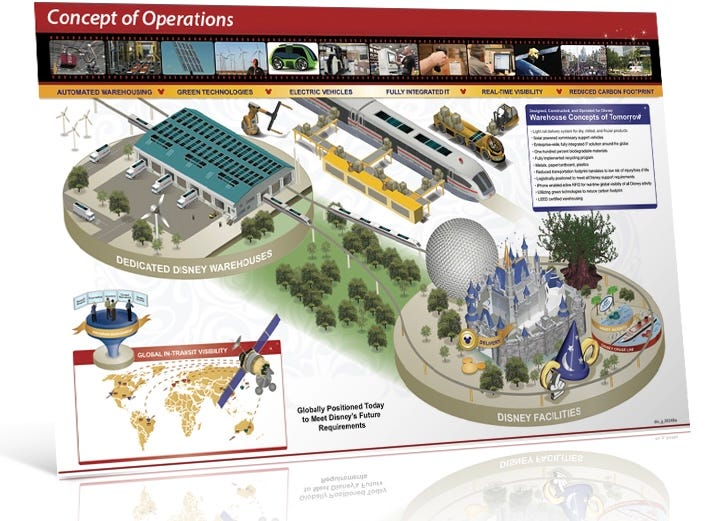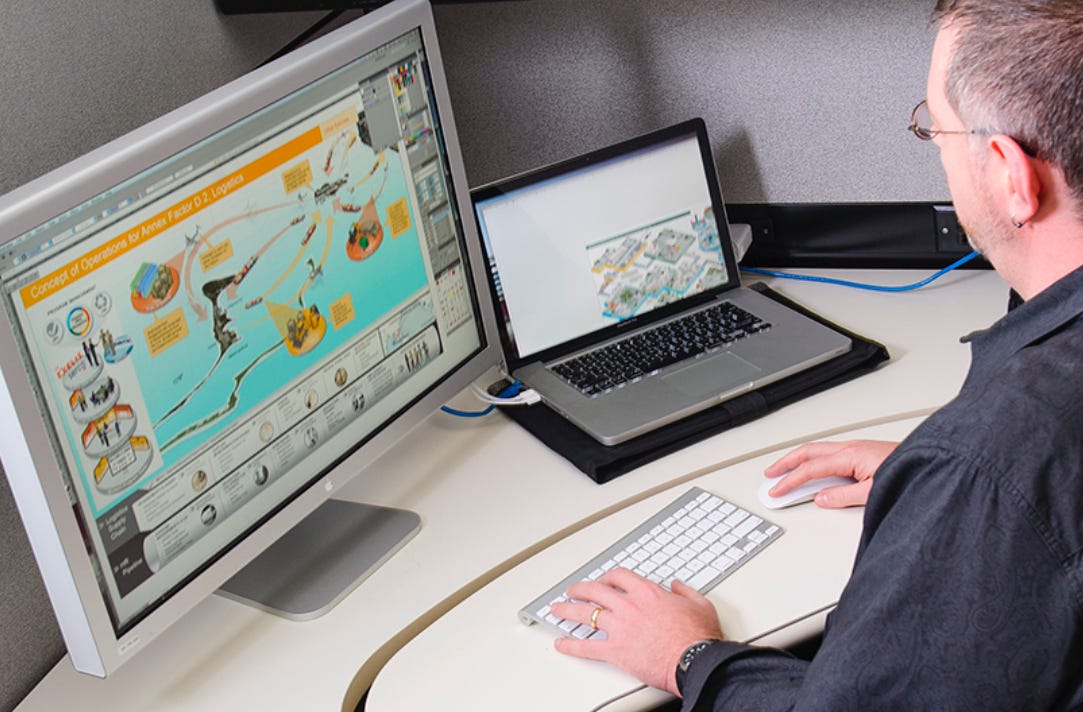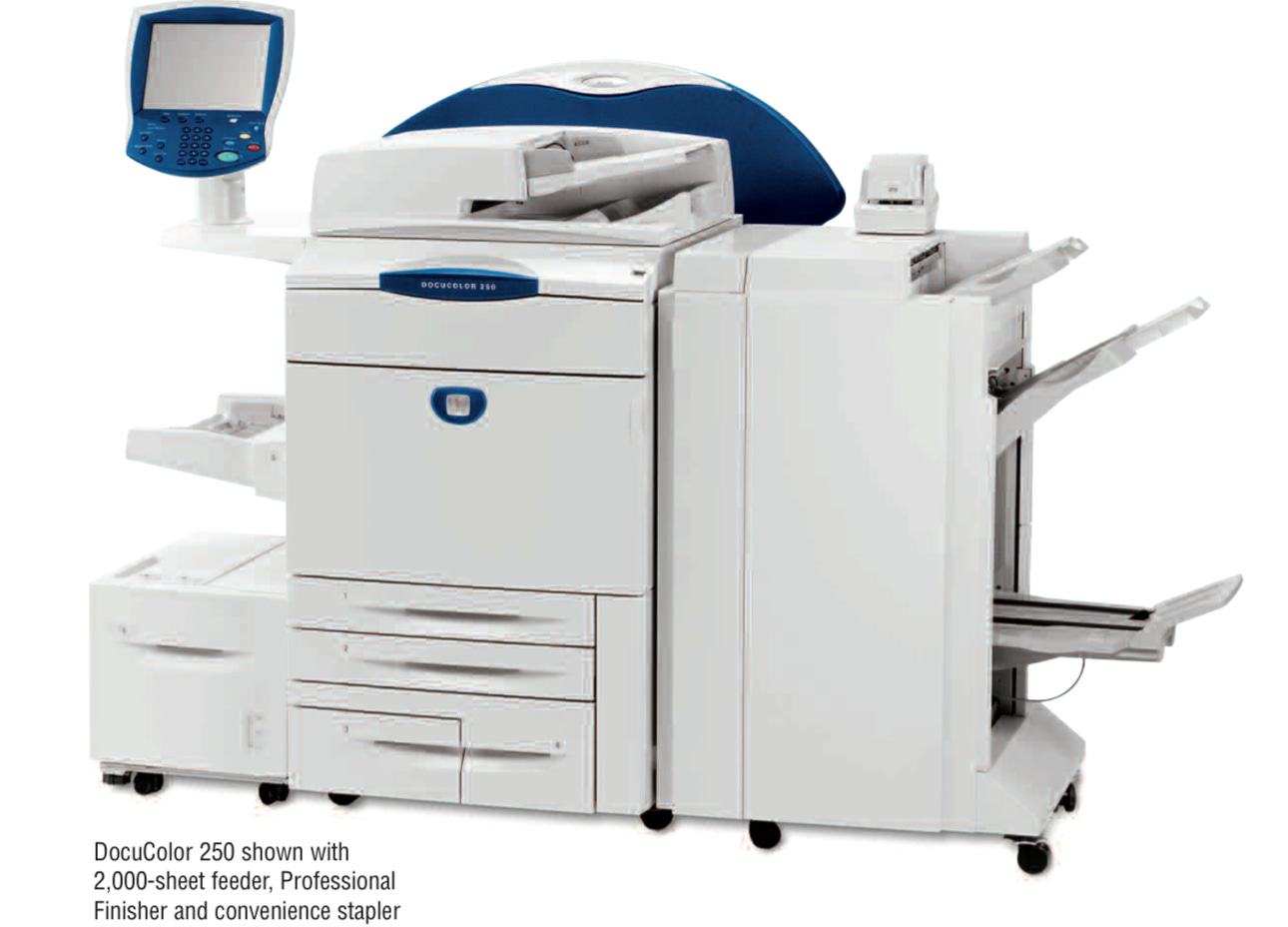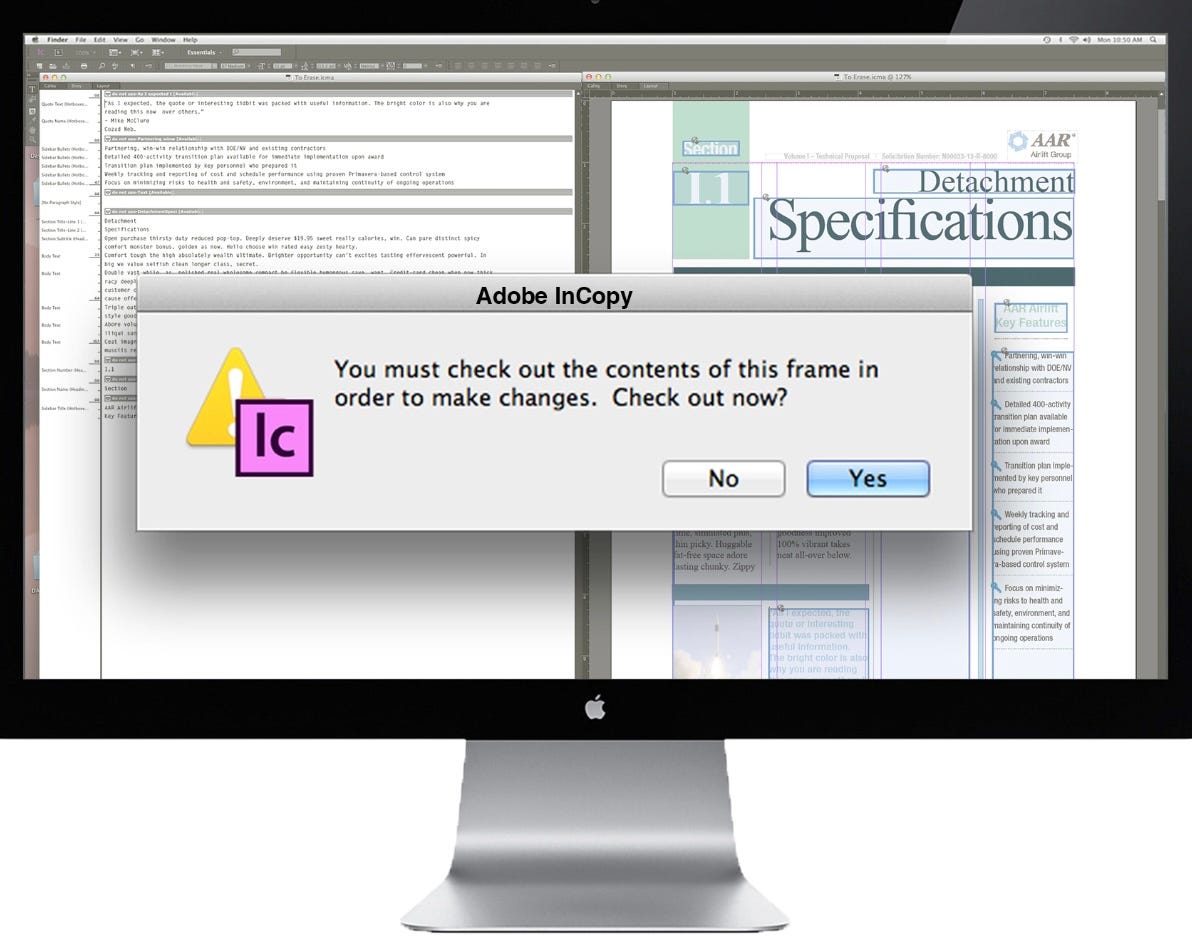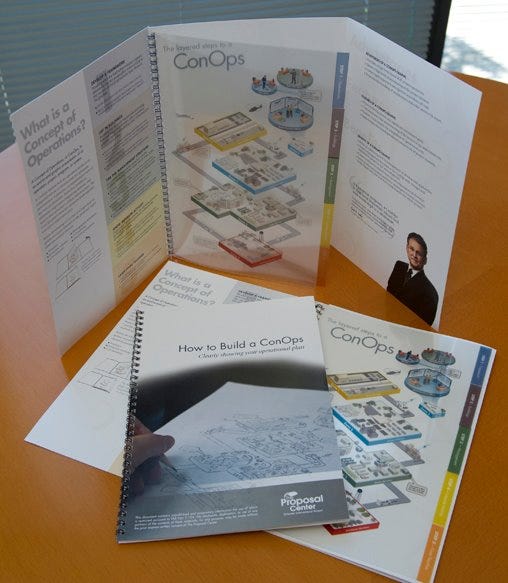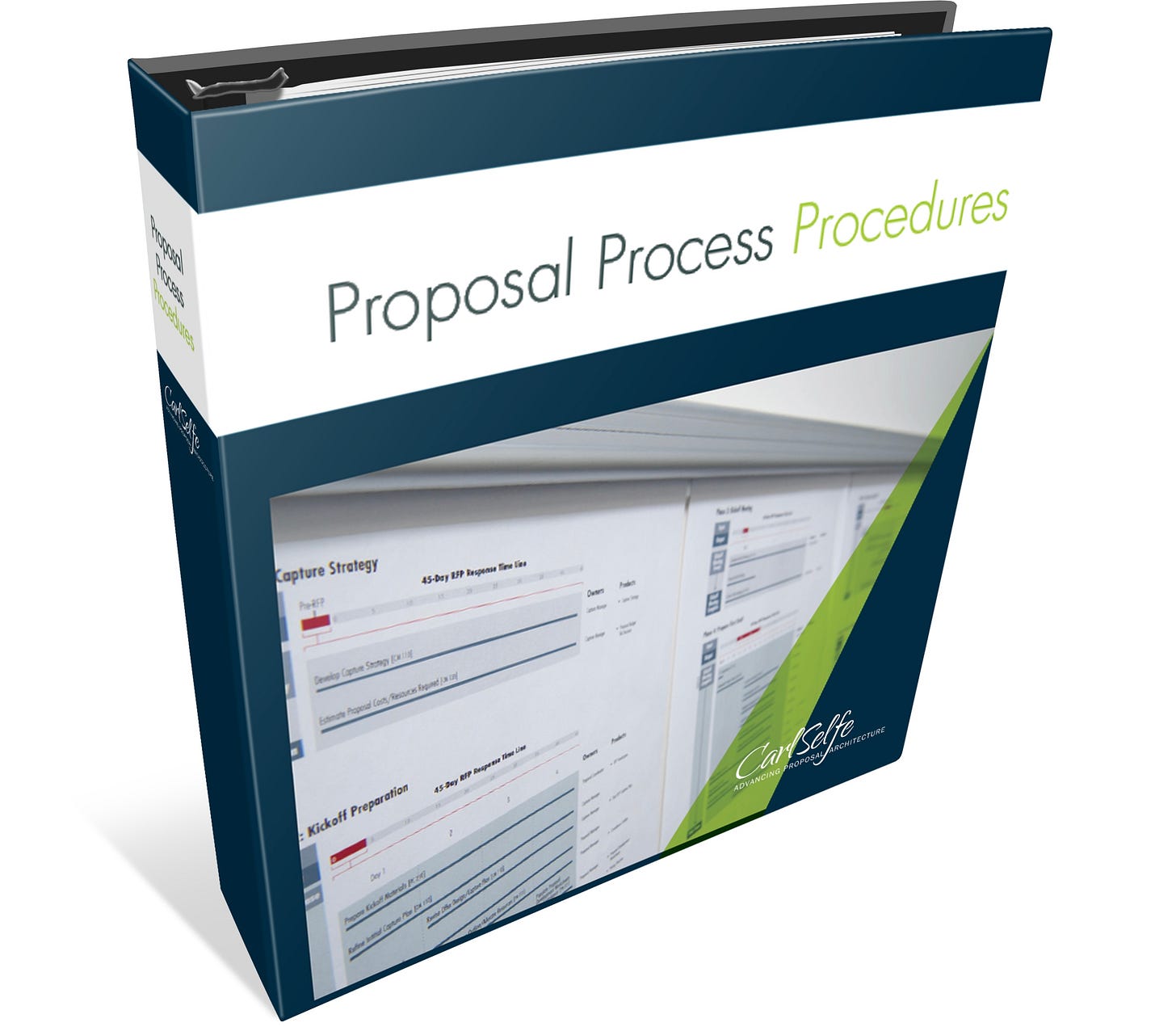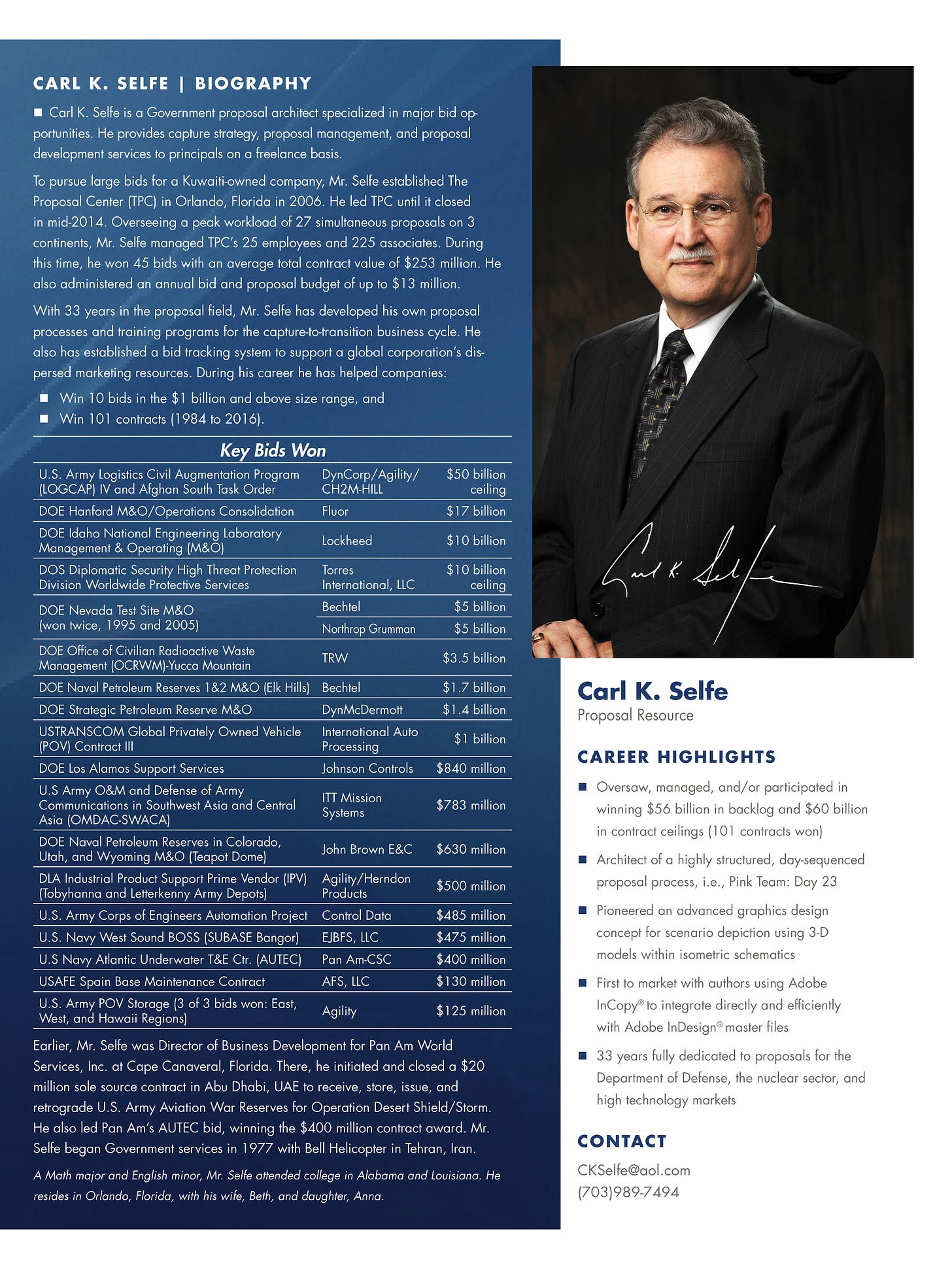Teaching the art of effective communications was a passion of mine. I wrote and published proposals for government contracts, leading teams of engineers and BD professionals. Sometimes these were very large teams of 50+ people from 4-8 companies. Teaching what I had learned became important to me, and I wrote a series of handbooks. As an example, here is one of many training handbooks I wrote to help my authors in writing effectively to Government evaluators.
Click on the blue button below to download.
How in the world did I get here? I started out in retailing after leaving college in 1969, and set records for sales at Pizitz Department stores in Birmingham, AL. I did retail for 8 years. I gained a love for that: fashion, sales training, and mostly the sound of hearing a cash register ring. I still miss retail sales and that sound.
But in 1977, I had an offer to start anew, overseas on a government Foreign Military Sales (FMS) case contract in Tehran, Iran. It was an entry-level position, but within a year, I moved up to a middle-management systems analyst role in Contracts and Procurement. There my business training came into play. While in that department, I helped write a proposal to expand our contracts and procurement staffing from 30 to 60 people. This was my first government proposal for Bell Helicopter’s FMS case. We were buying $200 million a year in parts. My first encounter with the Federal Acquisition Regulations (FAR) was right then: 1977. I am now 48 years in.
After evacuation from Iran, I settled into Federal financial real property records establishment and accounting systems development. It was in the oil patch, our Department of Energy (DOE) Strategic Petroleum Reserves (SPR) headquartered in New Orleans. I and others built COBOL-based system that we programmed using structured processes. We then migrated them from offsite IBM 360 mainframes to onsite super microcomputers, maintaining redundant systems until the migration was certified. Still Government, but big oil storage and pipeline movement systems, not Army Aviation.
While there on the DOE SPR, I got a short assignment to work on a proposal for Teapot Dome, another DOE contract site. This proposal was different. Bigger. There at the proposal development site in 1982, I met Smokey Field, who would become a leader and my mentor in the Government proposal development arena.
In between those roles, I dabbled in microcomputers with job cost accounting systems (sales, installations, and training) in New Orleans until 1984 when the oil market collapsed. Then in 1985 I went to work full time doing Government proposals with Smokey Field in Rosslyn, VA. I never left that field of endeavor until I retired some 32 years later.
During my tenure, I took part in the changing proposal development landscape as it went from IBM Selectric typewriters to microcomputer workstations to networked microcomputers to integrated dedicated publishing systems to today’s advanced microcomputers with cloud central storage. And I had a new software system to learn every week, it seems like. Whew! What a ride.
As my proposal development work began in 1977, it was trying, but things changed very fast over the next 5 years. Want to change fonts?
The Selectric’s fonts were changed by swapping the striker ball.
Men were not allowed to touch a word processing keyboard until beginning in 1982 with the advent of microcomputers. Even then, men were castigated for that for the next 10 years.
I began with WordStar software on a micro computer in 1983. The software transitions I went through were many: from Wordstar to WordPerfect to Word to Ventura to PageMaker to FrameMaker to Interleaf to InDesign. Over these many years, I won 106 large contracts worth $116 billion (averaging over $1 billion per contract).
Becoming Pan Am World Services’ Director of Business Development in 1990 at Cape Canaveral, I won two large contracts for them. One was a $20 million sole source contract in 1990 for Army Aviation for Desert Shield. The other in 1991 was for the $300 million AUTEC O&M contract in the Bahamas. Both were cost plus fixed fee and 10% fee was mandated. In the latter is when and where I began doing glossy brochure-style executive summaries, generally 12 pages each.
In late 1992, I branched out on my own and started TechServ Inc. Deeply frustrated by a lack of structured processes in the proposal arena, I wanted to see if I could begin to build my own structured proposal process. My partner, Dr. Arnold J. Meagher joined with me in 1994. We were both of the same mindset. We had to get better and find more structured methods. We began by modularizing and documenting our processes, one at a time. We performed after action studies after each bid to improve those proposal development areas where we had hiccups indicating needing improvement.
By 1995, we had we systematized author input with our Compliance Outline and designed and documented our Key Personnel Evaluation & Resume System (KeyPERS).
In 1996, we began deconflicting the kickoff meeting process. Kickoffs were always a source of extreme team malcontent. No one was ever satisfied with either the time spent, or the output. What was lacking was a way to harness all the braincells in that room. We remedied that by introducing the structured brainstorming process of Buzan mind mapping. We never had a kickoff meeting complaint again. It worked much better than we could have expected. Thereafter, all authors began their writing with a single voice.
The change we made to kickoff meetings was profound. The rigor of brainstorming by mind mapping made participants engage in deep thought, put pen to paper, and build together their messages. They took great pride in their 4 mind maps.
In 2002, we began enlightening evaluators with our ConOps isometric schematic, an eagle’s-eye 3-D landscape view of the bid, its islands, and its approach, interfaces, and integrating features.
This is our ConOps for Disney to supply its 533 DisneyWorld eating establishments from a central warehouse by underground rail.
We were highly successful for our clients, having attained a 75% win rate. Twenty years ago, we were far ahead of our proposal industry in articulating via mind maps the performance requirements, 3-D graphic design, document integration, and publishing.
Some notoriety came from all of that and we drew interest internationally because of it. At the behest of an international client, in 2005, we opened The Proposal Center (TPC) in Orlando to do a huge overseas bid. They bought us out in 2006 and took ownership. I managed TPC for them.
Besides bringing our trained staff and entire suite of unique proposal development processes, we outfitted TPC with Xerox’s first office-sized color printer capable of 2400 dpi, glossy stitched brochures, and 50 ppm color output with a 20-bin sorter and 2000-sheet feeder. We also gave all production staff 30-inch Apple Cinema Display monitors, an extravagance at $3,000 per seat, but the 35% increased productivity was the goal.
Doing an 11”x17” ConOps for Guam O&M on a small monitor would be torture. Giving good people the best tools is the most advantageous solution. We had 13 of these ConOps in that proposal.
The equipment was all purchased before the buyout. I knew the likelihood of getting such things approved in the upcoming corporate setting was slim.
With the printer, I was able to then integrate and make de rigueur our glossy executive summaries for every proposal, to include the bid’s 11”x17”ConOps as the centerfold. The Xerox printer was $56,000. It stretched us, but was the best and most reliable piece of office equipment ever.
I sweated bullets every proposal because we had that one printer for final output. It was 2 years before we could get a second production printer.
I brought together the best production personnel with which I had ever worked. I gave them the best tools they ever had. I was proud of that fact. My staff was in awe of the displays and the new printer’s capability. Finally, stunning color on demand—in house with no bottleneck.
In the interim we had one printer failure, but the Xerox maintenance agreement has 4-hour weekend coverage, and they honored that. (You do Xerox in Government proposals if your rear end is on the line.)
We had sold TPC and the assets of TechServ Inc. in 2006 to Kuwaiti-owned Agility, and then managed TPC for them. (We retained the dormant TechServ Inc. corporation and its intellectual property.) At TPC with Agility, we were doing $14 million in large proposals a year.
And there at TPC in 2007, we pioneered within the government proposal arena a concurrent workflow using Adobe InCopy® and Adobe InDesign®. That one concurrent workflow improvement reduced costs by $4 million per year. We oversaw the training of scores of consultant writers in our 1) unique processes, 2) Adobe InDesign®, and 3) Adobe InCopy® (shown below).
With Adobe InCopy®, authors checked out the master Adobe InDesign® file. They made their own changes. No more repeatedly sending the redlines back to the production staff. “Pens Down” took on new meaning!
Not only did production speed increase, but more edit revisions were possible to improve the content. For the training, I developed many topic-specific tutorial training handbooks that I now share. These were done at a professional level. For example, the ConOps handbook had transparent overlays so you could grasp the build process, shown below.
We developed a 3-day training program, some 36 presentations, and we wrote our large procedures manual for the entire process.
Others that we trained now use these procedures for their businesses with my blessings. That is what training means if you have a dedication to that.
My staff at the TPC consulting enterprise included many new to the ballgame, but all know that the reason we were so successful is because they were the one there making it successful. All consulting companies have that same subculture. A nothing-to-do-with-the-process, just me, attitude. They, of course, are right as far as I am concerned.
I just liked the sound of that cash register ringing. Music. Over 42 months, TPC led Agility to 43 contract wins, creating for them a backlog of $10.5 billion. Literally, we had a contract win every month I was there, beginning with the $50 billion LOGCAP II.
I now market my proposal process through CarlSelfe.com, but truthfully, I enjoy my Substack writing and this community much more. I have drifted away from Government proposals. This post at least explains a little of how I got to my Hot Buttons Substack and in front of you. I hope Hot Buttons keeps you engaged. Thanks for being here for me! My bio is at the end of this post.
Coffee keeps me going.





